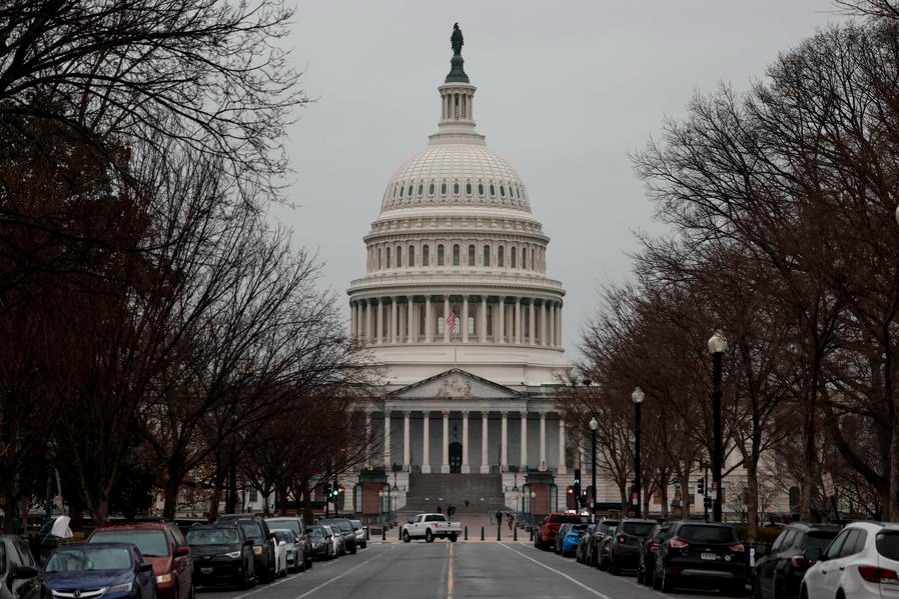Harnessing the fintech revolution to a better future


Innovation drives progress by disrupting the status quo and forcing established players to raise their game. But innovation can also be destructive if it is not managed properly, and financial innovation (fintech) is no exception.
New technologies developed by fintech startups and the major Silicon Valley companies are making banking and financial services more efficient and accessible than ever before. In fact, new players and technologies have brought the financial industry to a crossroad, and it would not be surprising to see some legacy financial companies suffer the same fate as Kodak, once the world leader in photography. To navigate the road ahead, policymakers must ensure a level playing field that is suitable for new products and business models, while minimizing the risk that disruption becomes destructive.
Fintech startups benefit from cost-effective cloud-based information technology (IT) services, an absence of legacy IT costs, and adaptable business models. And as later entrants to the market, they can learn from the mistakes of incumbents and their predecessors. This explains why startups have been making deep inroads into services that boost financial inclusion, such as peer-to-peer lending and mobile remittances and payments.
But startups are also facing steep competition from the big tech companies, which have advantages of their own: deep IT expertise, large customer bases, and easy access to detailed data. Combined with a customer-centric approach, these advantages have enabled big tech companies to offer new forms of financial services. For example, Chinese technology giant Tencent has included user-friendly payment options in its instant messaging app, WeChat, while Amazon offers credit lines for merchants using its online marketplace. In this way, the big tech companies can usually operate with fewer regulatory constraints than traditional financial institutions would face.
Financial market players of all stripes are increasingly using artificial intelligence (AI) and machine learning for applications ranging from customer interaction to regulatory compliance. In particular, the blockchain distributed ledger technology underlying crypto-assets such as Bitcoin has generated a lot of hype. But while blockchain does hold promise for applications such as trade finance and remittances, it has yet to be widely adopted for payments or by mainstream institutions.
The big danger now is that fintech may upset business models that serve the greater good without providing viable alternatives. In response to the growing competition they face from Silicon Valley, traditional banks may take more risks in order to cling to a shrinking market share. And the rush to overhaul business models, or to adopt unfamiliar and rapidly evolving technologies, may weaken internal processes, creating another source of potential loss.
Moreover, financial services could become even more concentrated among a few too-big-to-fail companies, owing to the high costs of running the tech race, the network efficiencies available to larger companies with lots of customers, and the magnetic pull of popular payment solutions.
Another problem is the technology itself. AI and machine learning could be destabilizing if applied in ways that encourage herd behavior among investors, raising the likelihood of "flash crashes". And the black-box nature of these technologies makes it much harder for humans to intervene if things go wrong.
More broadly, the rapid rollout of new technologies gives lower-skill workers little time to adapt, and may ultimately cost some of them their jobs. Individuals might gain as consumers, but lose as employees. The balance of these two effects will differ across segments of society, potentially leading to greater economic inequality.
As for crypto-assets, it is hard to see any benefit in them at all. They lack the basic properties of money, are prone to volatile valuations and manipulation, and are extraordinarily energy intensive. Their opacity raises consumer-and investor-protection issues and opens the door for tax evasion and money laundering. Moreover, crypto-assets have been piggybacking on the trust that the traditional financial system has earned over the course of many years. A loss of confidence in crypto-assets could thus erode confidence in the broader financial system.
To contain the risks associated with innovation, policymakers, regulators and supervisors will need to be as creative, nimble and tech-savvy as the new players. They should consider creating innovation hubs to bring entrepreneurs and incumbents together, as well as "regulatory sandboxes" that allow innovators to test new technologies and products in a safe environment. Either measure would help policymakers stay informed about the evolving landscape.
To prevent regulatory arbitrage, rule-makers should follow the maxim of "same risk, same regulation". Entities vying for similar customers or offering similar financial services must follow the same rules regardless of where they are based. Setting clear regulatory boundaries reduces uncertainty and the risk that innovators will move into the shadows. But prudential authorities must also monitor financial institutions' exposure to companies and products that fall outside the regulated perimeter-a task that will require new sources of knowledge and data.
In the crypto world, "same risk, same regulation" means that companies raising funds through "initial coin offerings" should face the same standards and scrutiny as those offering shares. Likewise, the big tech companies should not enjoy an undue advantage when it comes to data access and sharing. Existing data-privacy codes have too many loopholes for unethical practices, and thus need to be reformed. The European Union's General Data Protection Regulation represents a step in the right direction. The question that policymakers need to keep in mind is: How much privacy one should give up in order to access financial services?
Because innovation knows no boundaries, "same risk, same regulation" must also apply across countries. Domestic and international coordination among prudential, legal, tax, accounting and telecommunications authorities is essential. Governments must also anticipate the impact of innovation on users and workers, not least by introducing training programs so that people will have the skills needed to keep up with the pace of change.
The opportunities and challenges posed by financial innovation are clear. The policy responses must address both.
The author, governor of the Bank of Mexico from 2010 to 2017, is general manager of the Bank for International Settlements.
Project Syndicate

































